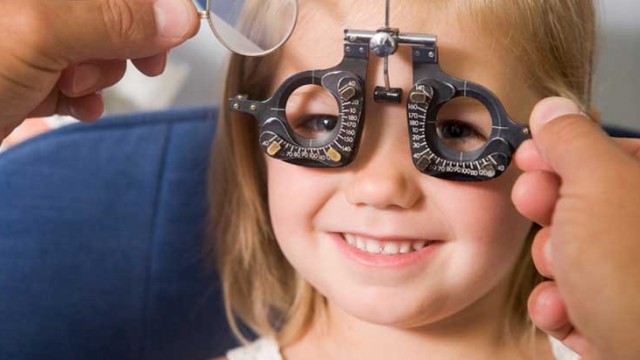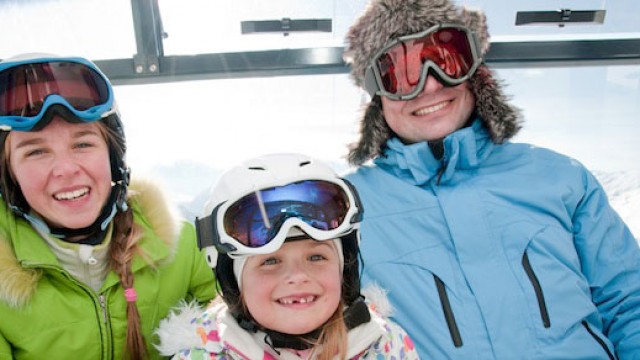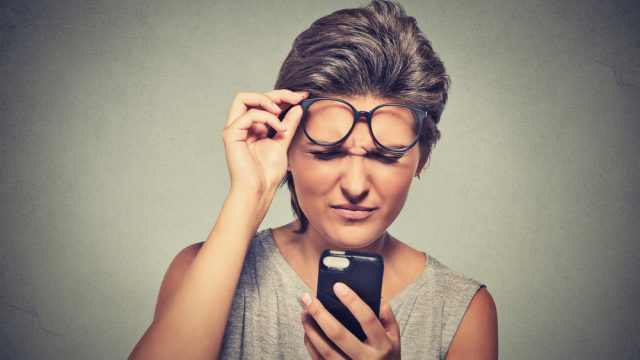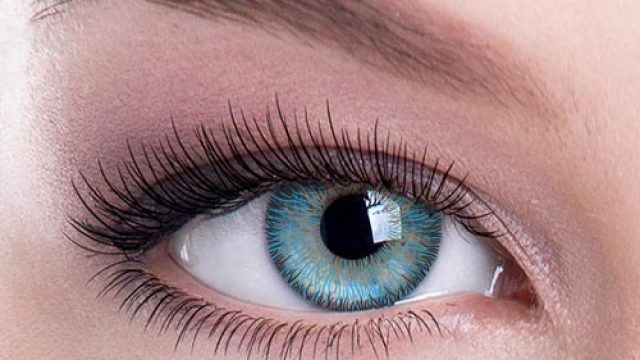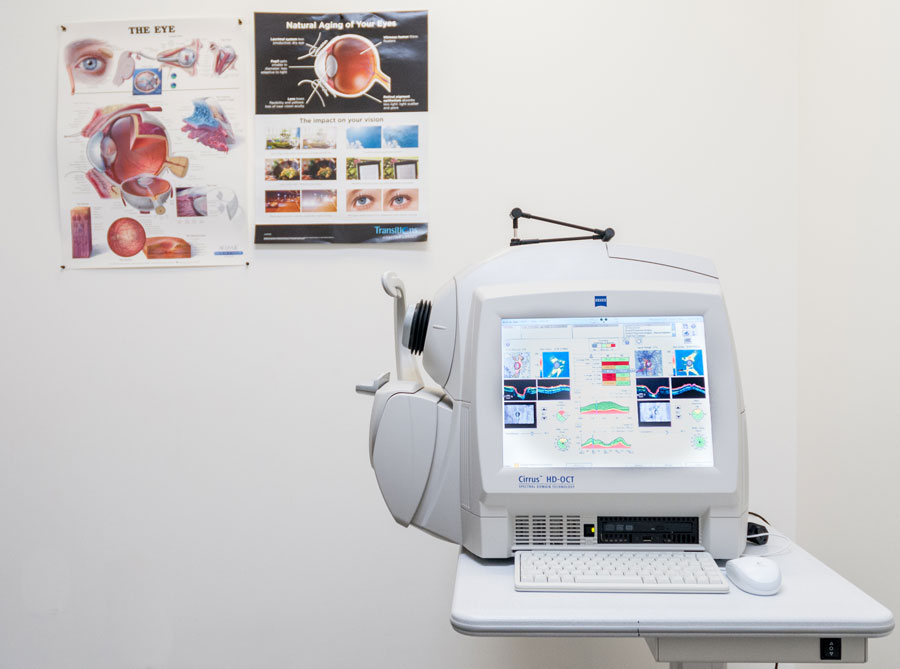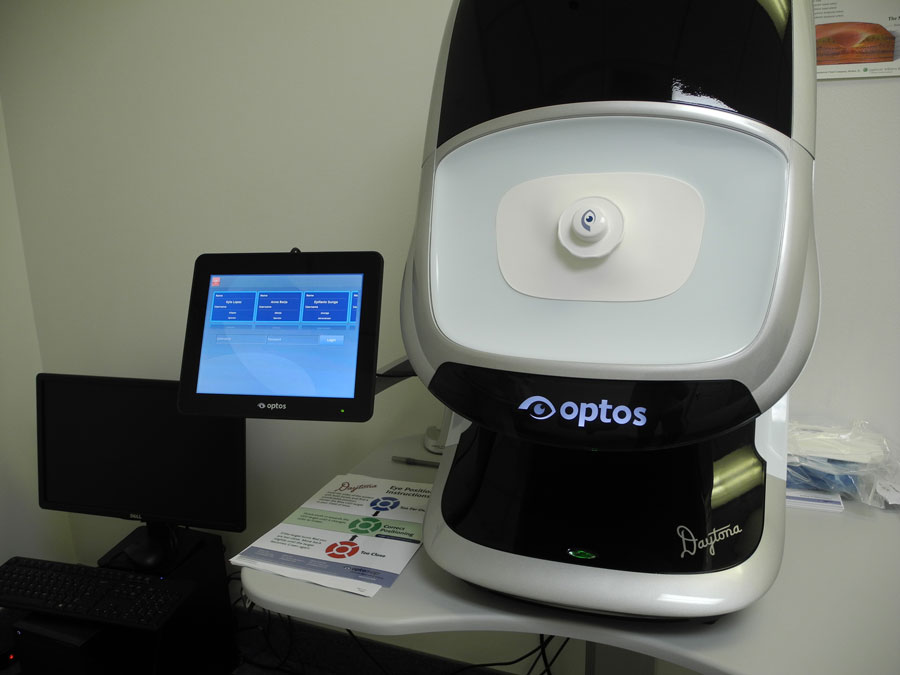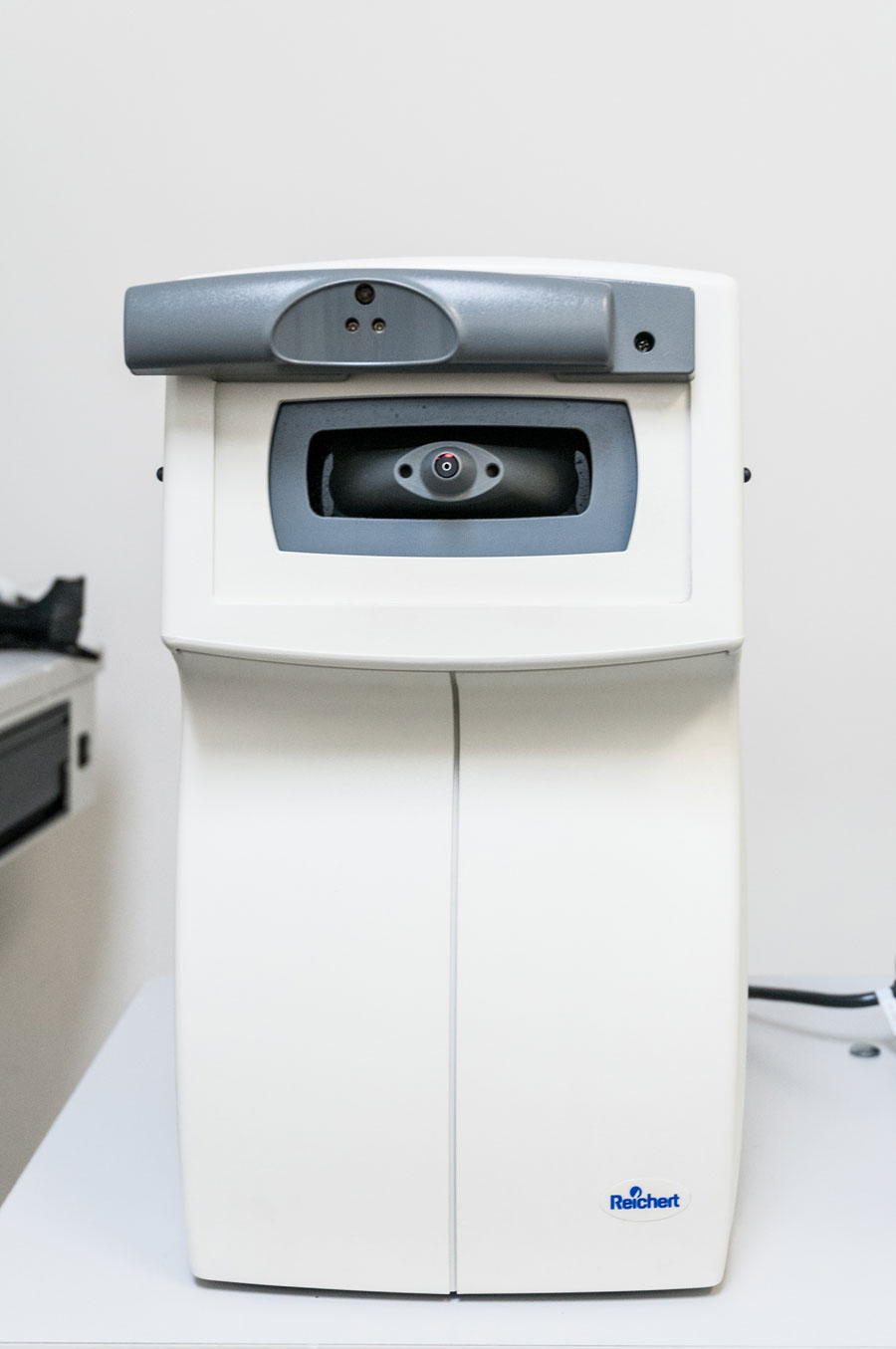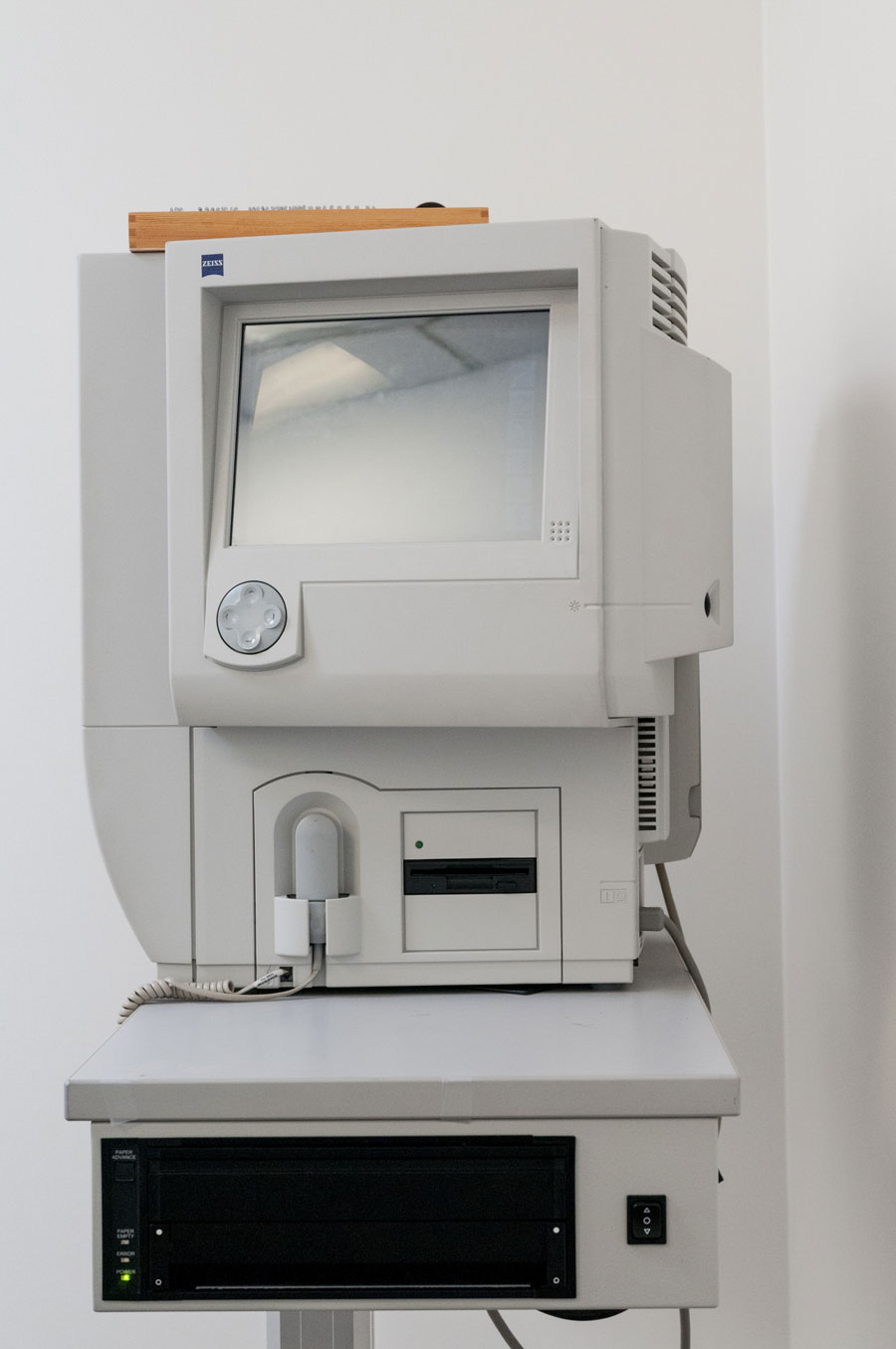What our amazing patients are saying about Doctor Sunga.
Loading…
Dr. Sunga found an eye condition that had previously been miss diagnosed. I’m very appreciative to him and his staff for all their help. He takes his time with his patients and makes sure you feel comfortable during your visit.
They are so friendly and nice. Dr. Sunga is knowledgeable and super nice. He wanted to make sure I found the right pair of contacts that he even gave me trials of different brands just to find the right pair.
Dr. Sunga is the best optometrist I’ve ever had! he is very attentive, he took his time with my eye exam and explained everything to details. The staff seems to also know every patient by either first or last name basis… it’s great! I feel well taken care of here.I definitely recommend this to everyone.!
We’ve had exceptional experiences using Dumont Eye Care for routine eye exams & filling glasses prescriptions. The staff are very professional, friendly, helpful, and proactive (figuring out who our new insurance provider was before I even got to the front desk after my exam – meanwhile I had no idea we’d even been switched). The exams seem thorough yet efficient, and the doctor and assistants are very patient with answering questions or helping find just the right pair of glasses. A very positive experience, highly recommend.
From Google (Whitney Hill)
Dr. Sunga is the best. He takes his time and is very patient with your concerns.
From Google (David Arias)
Dr. Sunga is great and the staff is wonderful as well! These days you’ll often get a good doctor and terrible staff or the other way around. But Dumont Eye Care is great all around. My experience has always been great. Dr. Sunga is great with kids as well. The office is very neat and clean. Parking is good. Priscilla was very helpful in helping get my eyeglasses repaired that i bought from another doctor’s office. So thankful for that. My family and I have gone here for many years. The only time we didn’t go to them was the year we had terrible eye insurance and only contracted with very few doctors. I highly recommend Dumont Eye Care to eveyone!
From Facebook (MrsLeon Kidlat)
Dr Sunga and his office are the absolute BEST! So glad that I found them. It is the best eye exam I have ever had, everyone is so professional and kind. I have never waited more than 1 week for my glasses. I recommend them to everyone I can.
From Facebook (Denise Hards Medina)
Latest News on Your Doctor's Blog
Loading…
Are you suffering from dryness, blurriness, straining, headaches or fluctuating vision at the computer? You may be experiencing digital eye strain. Schedule an appointment with Dr. Sunga to get your eyes examined and relieve your computer eye strain symptoms! 201.385.3055
Your child has recently complained about her vision being fuzzy, or you notice your son is struggling to read comfortably, holding books close to his face and squinting. You think about taking your child to the eye doctor, then remember that the elementary school sometimes does some sort of eye exam. Some research on the internet pulls up various eye charts and self-diagnosis exercises for vision. You perform the exercises with your child and see the school nurse, who has your child look at an eye chart from a certain distance. Yes, your child needs some reading glasses, but you are fairly certain you can find a pair at your local big-box store that will work well. This may be a fictitious scenario, but some parents may believe that saving a little money and looking for substitutes for a comprehensive eye exam for their child is good enough, at least in the short term. Are there any acceptable substitutes? Children’s Comprehensive Eye Exams A comprehensive eye exam, recommended for children each year before school starts by the American Optometric Association, is the only vision examination that can diagnose vision problems before symptoms become obvious. It is the only vision examination […]
With snow falling and slopes beckoning, are you also sensitive to eye safety while skiing or snowboarding? Winter eye protection is just as important as summer eye protection, and winter sports goggles are often even more stylish than summer sports goggles. We will break down the various types of snow goggles below. Before looking at goggles themselves, why bother with eye protection while participating in downhill winter sports? First, since you are outside, UV protection is very important. If you are skiing or snowboarding at a high altitude, it becomes even more important to protect your eyes from the sun’s rays, as there is less atmosphere to block the UV rays. Second, skiers and snowboarders are often going at a good clip down the slopes, as well as coming relatively close to trees. Speed mixed with obstacles often result in injury, and eye protection prevents eye injuries, such as twigs to the eye or a knock to the eyes by a ski pole while falling. As an added bonus, snow goggles also help skiers and snowboarders to see better since cold air and snow are not flying into their eyes and causing them to squint. What to look for in […]
This New Year, you may have a long list of resolutions including ones revolving around health, relationships, religion, hobbies, and bucket list items. But have you ever thought about throwing improving your eye health in among your New Year resolutions? Perhaps you haven’t realized that some of your resolutions may actually affect your eyes’ health in a positive way! Following are some resolutions that may help your vision out in 2016; you may have already listed some of them, and others you may want to consider adding! 5 New Year Resolutions for Your Eyes: 1. Quit smoking: Smoking affects your health in so many ways, but it also affects your eye health. Some of the problems your eyes could face if you continue to smoke include higher risk of age-related macular degeneration (AMD), damage to eye cells, damage to the retina leading to vision loss, cataracts, and dry eyes that are not able to respond as effectively to allergies. 2. Eat right: You may have losing weight or dieting on your resolutions list, but consider simply eating well – including little to no processed foods and lots of fruits and veggies. Eating the right foods will help you lose […]
Source: American Academy of Ophtalmology Eye Health News Researchers are testing a new method for treating presbyopia with electrostimulation to help delay the need for reading glasses. This painless technique uses electric signals to “exercise” the eye muscle that controls your close-up vision. The eye’s ciliary muscle, located behind the lens of the eye, is what controls our near vision. When this muscle contracts, it changes the shape of the lens to allow us to see up close. As we age, our lens loses flexibility, making it harder to change shape effectively and making near vision blurry. Italian researchers wanted to find out whether using electrostimulation to strengthen the ciliary muscle could correct early presbyopia in people who are not yet dependent on reading glasses. Electrostimulation is used already to treat certain health issues, including other eye conditions such as glaucoma and macular degeneration. One of the benefits of this technique is that it does not require surgery. This is a distinct advantage over invasive refractive surgery for treating presbyopia. READ MORE…
We’re thrilled to be able to announce that we’ve moved to 52 Grant Avenue in Dumont, NJ. Our new space will allow us to give our patients even better attention than we had at our previous location. Contact our office today to make an appointment.
Look at the stunning color options for patients with Astigmatism. YES – astigmatism! TORIColors is a brand new lens that provides color for astigmatic patients – exclusively provided to you. Ask us about how you can get started with the comfortable color option. #TORIColors Featured Image source: https://color2eyes.com/color-attraction-light-blue-colored-contacts/





